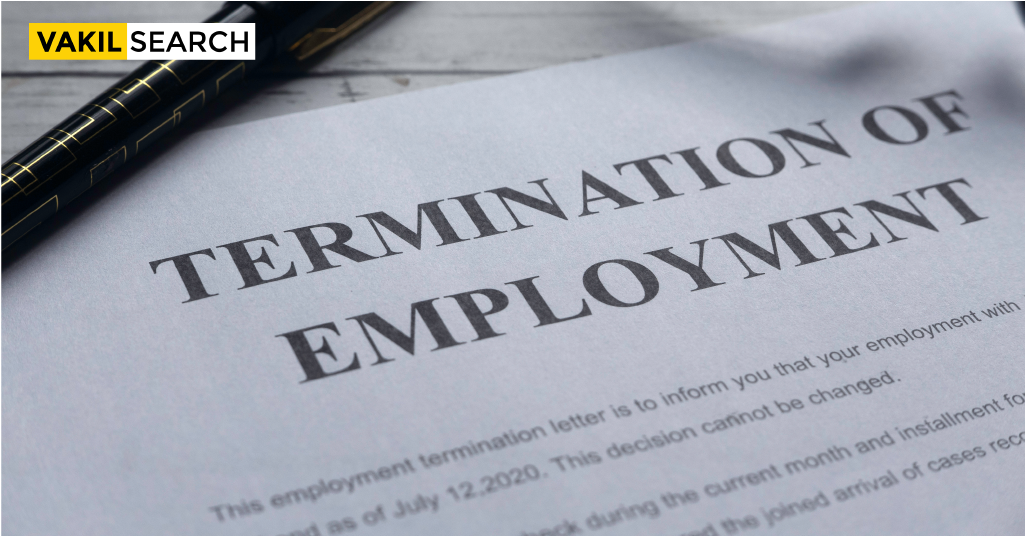Shareholders are responsible for appointing directors. An artificially created company or a law firm can't be a director of an organisation.Read this blog to learn more.
Directors are the organisation’s top decision-makers. In addition to serving as a trustee, agent, employee, and officer of the corporation, a director also performs several other duties. Their job is to oversee and manage the company’s services. Either new directors are appointed, or old ones are remove a director to effect a change in leadership.
Changing the board of directors is done to better serve the firm by bringing in new perspectives and expertise. The Board of Directors (BoD) is responsible for accepting resignations from directors, whereas the nomination of directors requires shareholders’ approval. It does not matter if the change is an appointment, a dismissal, or a resignation; the alteration does not take effect immediately. Instead, an intimation must be sent to the Ministry of Corporate Affairs.
Election of Directors by companies act 2013
The directors are appointed by issuing Articles of Association (AOA) or with the help of section 152 of the Indian legislation, which makes memorandum subscribers company directors. According to the Companies Act 2013, there are different types of directors.
They include;
- A company’s paid-up capital is ₹100 crore or more, or its annual revenue is ₹300 crores or, more significant, at least one female director must serve on the board of directors
- Independent director as defined by Section 149 (6)
- Small shareholders nominate directors under Section 151
- A corporation must have a resident director who lived in India for 182 days in the preceding year
- Director appointed under Section 161
- As per section 161(2), an alternative director can be chosen if the primary director is absent for at least three months
- In mismanagement or persecution of the existing director, the Central Government or a third party may appoint nominated directors under section 161(3).
Procedure for Appointment of Company Director
The process of appointing the director is as follows;
-
Form DIR 2 – Director’s Consent
The first thing to be done to appoint a director in a firm is to get the proposed director’s permission. The proposed director’s approval to serve as a director in the firm must be submitted in Form DIR 2 along with the other required documents.
-
Get the Director’s DSC and DIN
The following step is to obtain the proposed director of the company’s Digital Signature Certificate (DSC) and DIN. If they do not already possess a DSC, they are obligated to apply for one from the relevant authorities in India.
When it comes to the Director Identification Number (DIN), if the director does not already have one, he must notify the company as soon as possible. The business must next adopt a decision and submit DIR Form 3 to apply for the proposed director’s DIN.
-
Call the Board and EGM
A general meeting of the firm is where decisions on the appointment of director are to be taken. Accordingly, the firm will notify all its shareholders that it will be conducting an Extraordinary General Meeting, EGM.
After the notice to call for EGM is sent to all shareholders, the next step is to hold the meeting at the specified time and date and pass all the required resolutions for the director’s appointment in the company.
-
Letter of Appointment
Once the resolution has been approved, a letter of appointment will be sent to the new firm director. The appointment letter will outline the director’s salary and other benefits.
-
DIR-12 to ROC
Within 30 days after the Director’s appointment, the firm must submit Form DIR 12 and other supporting documentation to the Registrar of Companies, ROC.
Director Appointment and Resignation Form
- Photograph: Passport-size photograph
- PAN Card: Self-attested Personal Identification Number card
- Proof of residency: Aadhar/Voter ID/Passport/Driving License
- Digital Signature Certificate
- A valid form of identification: A passport, voter’s card, driver’s licence, or Aadhar card
- Director’s personal and official email addresses
- All official records must be apostilled if the director is not based in India
- Submitted resignation notice of the previous director
The Elimination of the Directors
According to The Companies Act, 2013, a private limited company must have at least two Directors before officially beginning operations.
Except in circumstances of government appointment, shareholders can vote to remove a company director at the General Meeting. When one of the following conditions is met, a director of the firm may be removed:
- If a director does any action that could result in disqualification under the Act
- If a director has missed more than one year of Board meetings
- If a director has announced a voluntary resignation
- If a director is indefinitely suspended from participation by the court or the Tribunal
- If a director commits violations of Article 184 by signing contracts
- If a director is found guilty on charges and given a prison term of at least six months.
The Direction of the Director Removal Process
Two situations in which a director may be removed from their position: if the firm decides to do so or if the director misses three consecutive board meetings. The removal process for both goes as follows;
1. If the Board of Directors decides to remove the Director
- The Board of Directors will be informed of any proposed removal of directors at least seven days in advance
- The board will vote to call an extraordinary general meeting (EGM) and remove the director if they need shareholders’ agreement (SHA)
- Seven days’ notice will be given before the company’s board members hold the next board meeting. The corporation has 21 days to issue this notice
- The Board of Directors will deliberate on whether to dismiss the director at their next meeting
- Before voting on the final decision, the director is free to make any arguments in their favour
- Following the adoption of this resolution, two DIR-11 and DIR-12 forms will need to be submitted. The director submits the Board Resolution (DIR-12) to the ROC Filing (Registrar of Companies), while the company presents the DIR-11
- The director’s name must be deleted from the MCA, Ministry of Corporate Affairs.
2. If the Director skips three consecutive Board meetings
- If a director fails to attend three consecutive Board meetings during 12 months, per Section 167 of the Companies Act of 2013, they are deemed to have resigned. This 12-month period begins from the day they missed the first board meeting, even if notified in advance
- If a director is absent and the FORM DIR-2 is submitted, it will be treated as though the director has resigned
- Once this is done, the director’s name will be erased from the MCA’s online database.
Conclusion
A director of a corporation is responsible for many different yet crucial tasks. That’s why it’s so important to have the correct individual or persons in charge of fulfilling those duties. Appointing and replacing directors is an ongoing process throughout the life of an organisation. Without a company structure and shareholders’ agreement, one must follow statutory procedures to appoint or remove a director. To seek assistance on appointment and removal rights and conditions or to become a firm director, contact Vakilsearch.
Also Read:
- Procedure for appointment of Director Guide
- How Is a Director Appointed in a Company
- Low Cost Director Appointment Form











